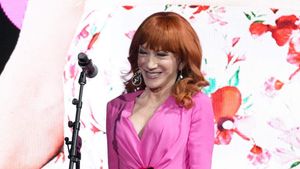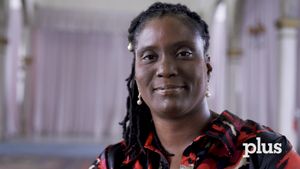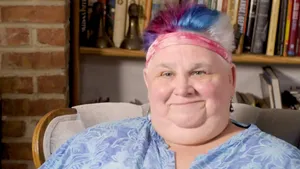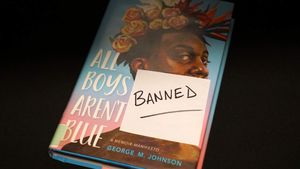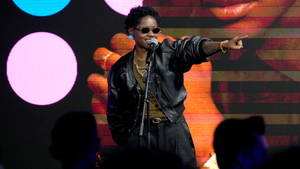El Dia de Los Muertos
Photos courtesy of the Mexico Tourism Board
Story by Joseph Alexiou
 In the United States, the last day of October is celebrated with morbid (or slutty) costumes, sweets, and mischief as Halloween or All Hallows' Eve. However, in Mexico the first day of November marks the beginning of a two-day festival Dia de Los Muertos, or Day of the Dead, which includes sweets that resemble skulls for the kids, and some traditional costumes that invoke images that are at the same time macabre and playful.
In the United States, the last day of October is celebrated with morbid (or slutty) costumes, sweets, and mischief as Halloween or All Hallows' Eve. However, in Mexico the first day of November marks the beginning of a two-day festival Dia de Los Muertos, or Day of the Dead, which includes sweets that resemble skulls for the kids, and some traditional costumes that invoke images that are at the same time macabre and playful.
Similarities aside, this traditional Mexican holiday has less to do with children's mischief and marketing and more about celebrating the cycle of life with some colorful ancient traditions. Considered fascinating for travelers from abroad, Dia de Los Muertos celebrates beloved family members who have passed away with a combination of pre-Hispanic and Roman Catholic rituals.
 To honor their relatives, family members wear wooden skull masks (calacas) and perform ritual dances. Others don feathers, gold jewelry, and some intense face paints to further invoke deathly spirits. These fabulous, transformative costumes invoke spirit of the dead in a way that is playful, and not so dreadfully morbid. Altars with skeleton imagery are created with images of the decease which include colorful costumes and little musical instruments. Food and drink are left for the deceased on the altars, and are also brought to the cemeteries where the families celebrate with their long-past relatives.
To honor their relatives, family members wear wooden skull masks (calacas) and perform ritual dances. Others don feathers, gold jewelry, and some intense face paints to further invoke deathly spirits. These fabulous, transformative costumes invoke spirit of the dead in a way that is playful, and not so dreadfully morbid. Altars with skeleton imagery are created with images of the decease which include colorful costumes and little musical instruments. Food and drink are left for the deceased on the altars, and are also brought to the cemeteries where the families celebrate with their long-past relatives.
As a way to commune with their past and regard death as part of the cyclic nature of life, Mexicans have celebrated this tradition for thousands of years, regarding death not as a sad moment of loss, but one of stages in the long path of life.
Qué tengan todos un buen día de los Muertos!











































